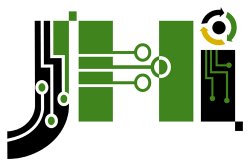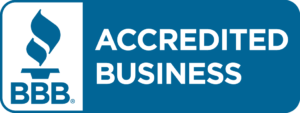
At Jay Hoehl Inc., we specialize in electronics recycling, ITAD services, and sustainable technology practices. Here’s our complete guide for beginners who want to learn SMD soldering the right way.
What Is SMD Soldering?
SMD soldering is the process of attaching surface-mount components to a printed circuit board (PCB). Unlike traditional through-hole soldering, SMD components are mounted directly onto the surface, making them ideal for modern, compact electronics.
Why Learn SMD Soldering?
- Component Salvage: Reuse valuable chips from e-waste.
- Tech Repair: Repair smartphones, computers, and other devices.
- Sustainability: Reduce landfill waste and extend the life of electronics.
Jay Hoehl Inc. promotes eco-conscious electronics recycling, and learning SMD soldering aligns with our mission to reduce e-waste through smarter reuse practices.
Tools You’ll Need
To get started with surface-mount soldering, you’ll need:
- Fine-tip soldering iron
- Solder wire (preferably lead-free)
- Flux (liquid or paste)
- Tweezers
- Magnifying glass or microscope
- Solder wick or desoldering braid
- PCB holder or helping hands
Investing in quality tools makes soldering more precise and helps avoid damaging sensitive electronics.
 Basic SMD Soldering Techniques
Basic SMD Soldering Techniques
- Tin One Pad First
Apply a small amount of solder to one pad before placing the component.
- Use Tweezers to Position the Component
Hold the component in place with tweezers and heat the pre-tinned pad to secure one side.
- Solder the Remaining Pads
Once the component is aligned, solder the other pad(s) while ensuring the connections are solid.
- Clean Excess Flux
Use isopropyl alcohol and a brush to remove any leftover flux residue from the board.
Common Mistakes to Avoid
- Overheating the board
- Using too much solder
- Not using flux
- Poor alignment of components
At Jay Hoehl Inc., our technicians follow strict quality standards when processing or refurbishing electronics to avoid these errors.
Surface-Mount Desoldering Tips
Sometimes, you need to remove SMD components instead of installing them. Here’s how:
- Use a hot air rework station to evenly heat the component
- Gently lift the component with tweezers
- Clean up pads with solder wick and flux
This technique is key for component recycling, a core part of our ITAD (IT Asset Disposition) process.
SMD Soldering Applications in ITAD & Electronics Recycling

Learn more about our electronics recycling services or explore how we support responsible ITAD programs.
SMD soldering is a valuable skill for anyone involved in electronics repair, recycling, or IT asset disposition. With practice and the right tools, you can confidently solder and desolder surface-mount components.
Need help with e-waste or corporate tech disposal? Contact Jay Hoehl Inc. for secure, sustainable, and certified electronics recycling services.

 Basic SMD Soldering Techniques
Basic SMD Soldering Techniques